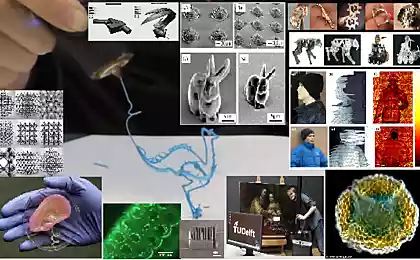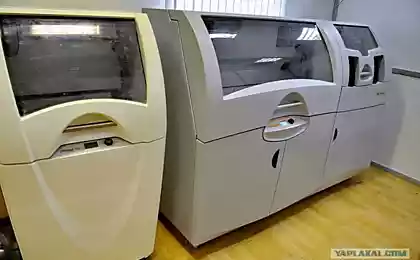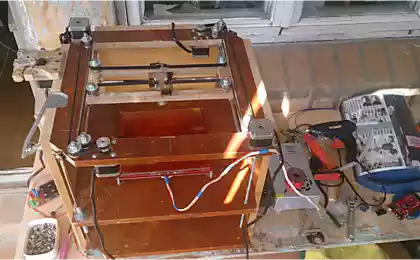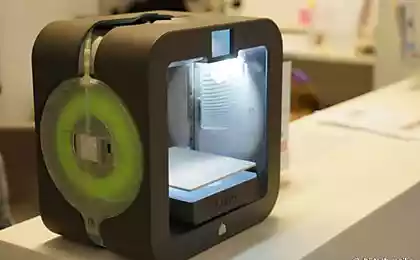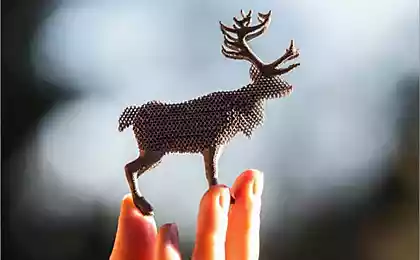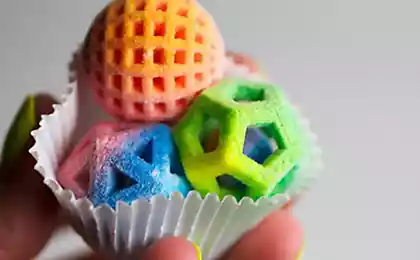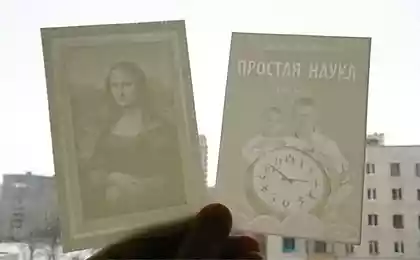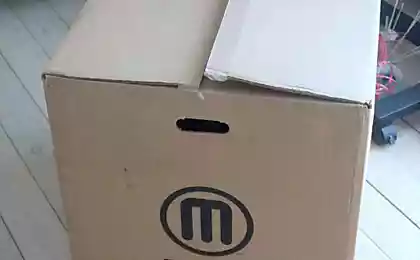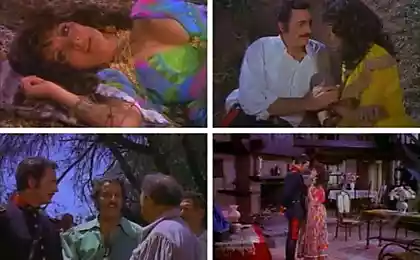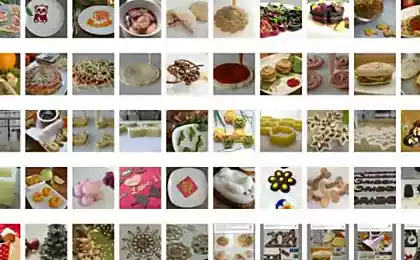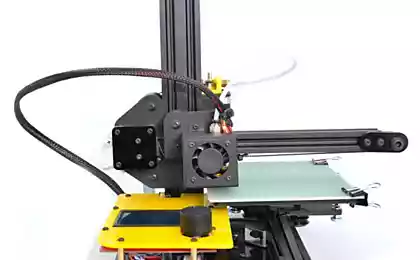413
Electric print on a 3D printer in front of the spectators

At the International manufacturing technology show, which takes place in Chicago, the American company Local Motors in front of the visitors creates on a 3D printer the first functioning electric car.
The process of printing and assembling a car for two people that will work on the battery, and to be called Strati, began on Sunday and is scheduled to end Thursday, reports the Wall Street Journal.
Huge printer layer by layer builds the body and chassis of black plastic, reinforced with carbon fiber. Motor, seats, wheels, tyres and windscreen Local Motors makes traditional ways. But this car is only 47 parts. Once the body is ready, computerized engine parses it to give specified characteristics, and drilled 32 holes for attaching other parts. Thus, the organizers decided to demonstrate the speed of 3D printing.
"It took us less than 40 hours to print one car and less than four days to assemble a prototype; this is an incredibly short period of time. After a few months we will be able to reduce the print to less than 20 hours and are confident that then two people will be able in less than an hour to assemble a finished car, the statement says Rogers on the Local Motors website. — Our goal is a completely different approach to the creation of the car: typically, in a modern car more than 20 000 spare parts; we want the future cars they were less than 20," said John Rogers, CEO of Local Motors.
The first version of the Strati will be able to move at speeds up to 65 km/h battery charge is enough for 190-240 km Local Motors hoping to begin sales in the coming months. The price will range from $18 000 to $30 000 depending on the range of options, which customers prefer. The company also plans to give them the opportunity to choose the design of the car according to your taste. After Strati will receive a safety certificate, the machine will be able to move on motorways.
Recall that the technology of 3D printing also known as additive, represents the capacity of a material to the object layer by layer. Unlike traditional technology, where the parts are machined from billet and part of the material ends up in the waste, 3D printing allows you to simulate the object on the computer and print it out of plastic, metal or composite materials.
Source: greenevolution.ru
Simulation of the Solar system to reveal mysteries of the planets
In the Hungarian reserve running tram solar + video

